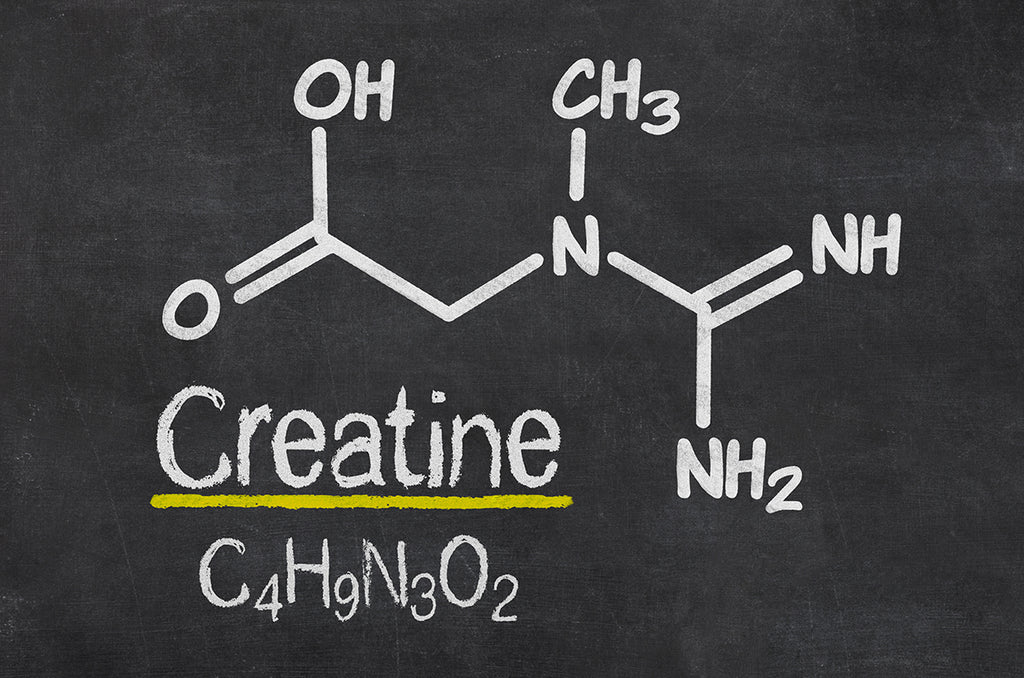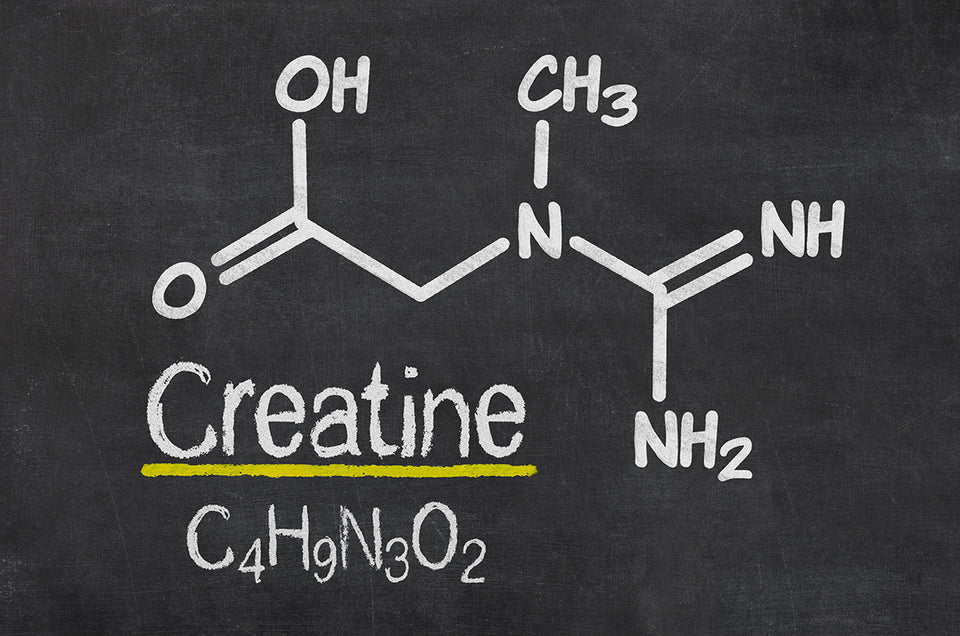Without question, you've probably heard of creatine before.
As one of the most popular supplements in the world, you either supplement with it yourself or know people who do.
What's more, from the extensive list of fitness supplements, creatine is one of few that reliably delivers benefits again and again.
Today, we'll go over creatine, what it is, how it works, and how to use it.

What Is Creatine And How Does It Work?
Creatine is an organic acid, composed of three amino acids: arginine, glycine, and methionine. Typically, we can get creatine from foods such as eggs, fish, and meat. The problem is, these foods have such low levels of creatine that we would have to eat absurd amounts each day to get enough of it. So, our next best option is to supplement with it.
As we take creatine, our muscles become saturated with it. We store it in two forms – as plain creatine and as phosphocreatine (when a phosphate group attaches to creatine).
Now, this is where it gets interesting:
As we exert physical effort, our muscles use adenosine triphosphate (ATP) molecules. The demand of our muscles for ATP during intense training can increase 1000-fold when compared to at rest. As our muscles work, a phosphate group is removed from adenosine triphosphate molecules, which converts them into adenosine diphosphate (ADP).
When that happens, phosphocreatine comes in, donates its phosphate group, and ADP molecules turn into new ATP so that we can do more work.
High-intensity training is characterized by the need for large quantities of ATP, as well as having quick access to them. Supplementing with creatine essentially allows for the faster regeneration of ATP, and this is precisely why the supplement reliably increases strength and power, particularly during short and intense activities.
What Type of Creatine Is Most Effective?
The next most obvious question is, "Which type of creatine should I take?"
The literature widely recognizes one form – creatine monohydrate. It was the first one to come around and to be used in studies. So far, since the 70s, it's reliably delivered benefits safely and affordably. For over three decades now, study after study has shown that creatine monohydrate increases muscle saturation and boosts athletic performance.
Naturally, however, we've seen researchers examine (and sometimes even try to push) other types of creatine. The most common alternatives to monohydrate are the liquid form, creatine ethyl ester, creatine nitrate, and certain buffered forms.
Interestingly, creatine is a supplement that does a fantastic job of illustrating how faulty the supplements industry is. It demonstrates that we often try to solve a problem that doesn't exist and that we put more stock into underlying mechanisms rather than their outcomes.
Many researchers come up with all kinds of hypotheses as to why a particular form of creatine should do better than monohydrate. So far, however, all of them fall flat, and the cheap, affordable, and well-known monohydrate outperforms them again and again.
So, what does this mean for you? Well, it means that you should get yourself the classic creatine monohydrate and not think twice about it.
How to Maximize Muscle Creatine Saturation
The primary purpose of creatine supplementation is to fill up our muscle creatine storage. As you first get started with creatine, you have two options of achieving this goal:
- Load creatine at a dose of about 25 grams per day (split into four or five 5-gram doses) for four to seven days and then move to a maintenance dose of 3-5 grams per day.
- Take three to five grams of creatine per day.
Creatine loading is useful for helping you saturate your muscles quicker, but it's not mandatory. Research shows that a typical dose of 3-5 grams per day is enough to saturate our muscles within a month.
It comes down to your preferences. If you want to saturate your muscles quicker, by all means, do a loading phase. If you mostly care about creatine's long-term benefits, start with the standard dose of 3-5 grams per day.
Now, many people are concerned that they should cycle creatine because it might inhibit the body's natural ability to produce creatine. But, long-term research doesn't suggest that supplementing with creatine impairs the body's ability to keep producing it once we stop supplementation.
As far as the timing of the dose goes, research can't seem to find much of a difference, and you should take your daily dose whenever it's most convenient for you.

Leave a comment